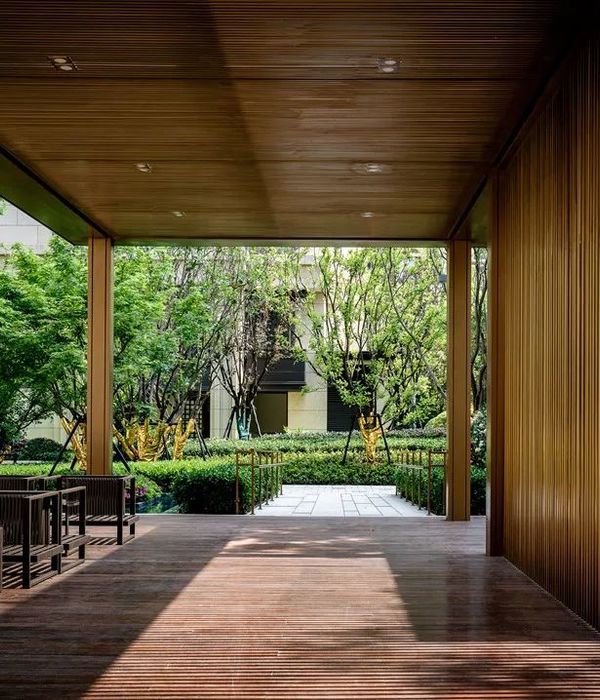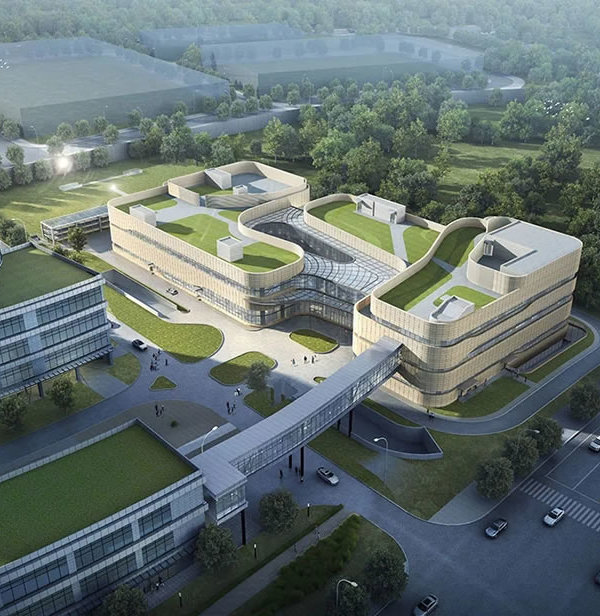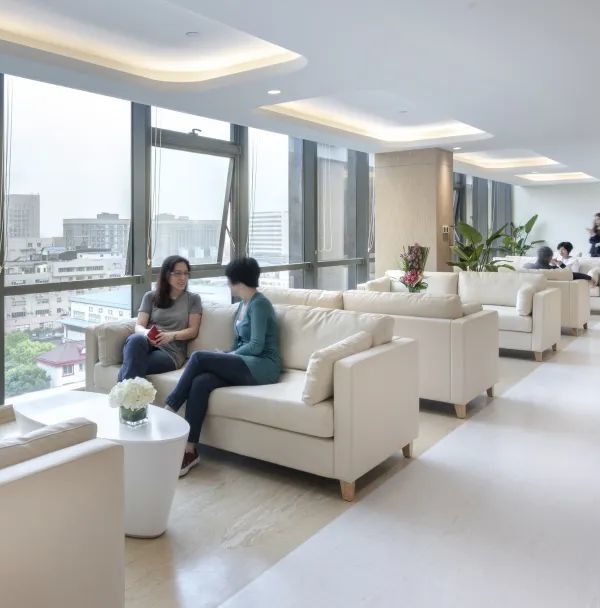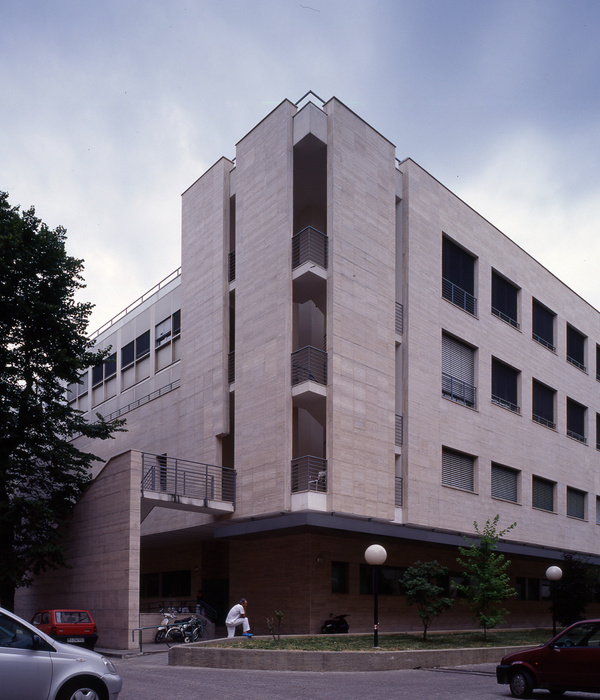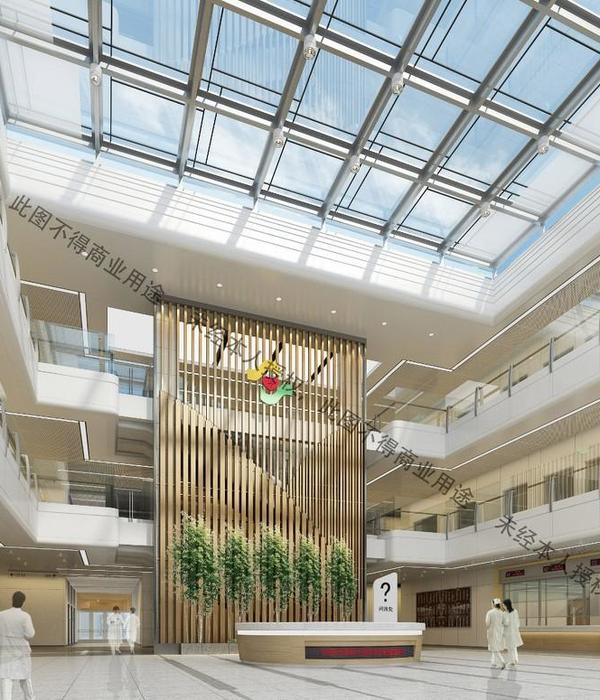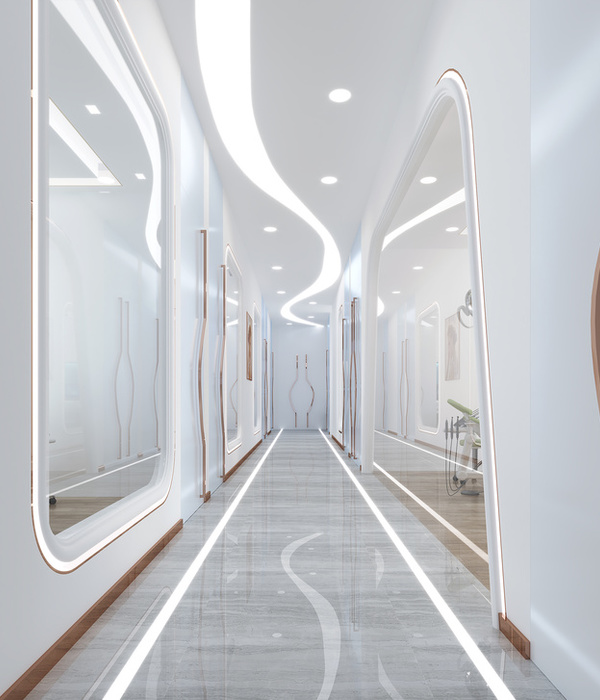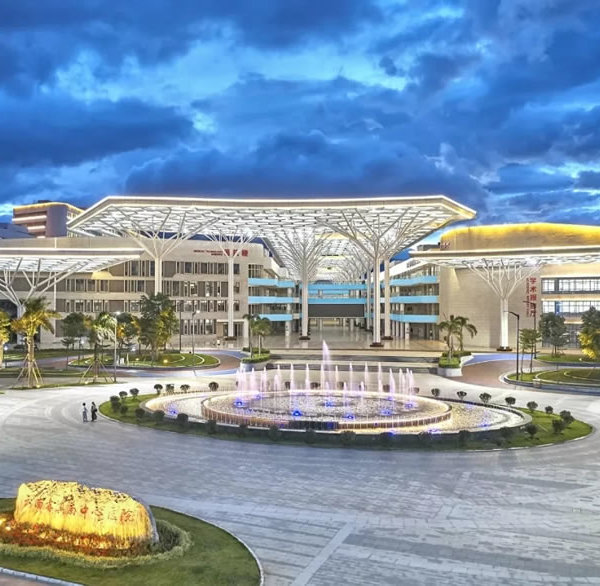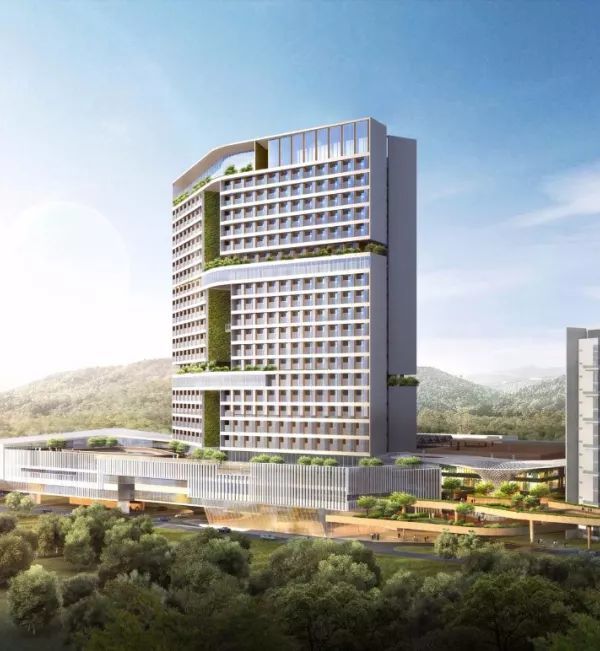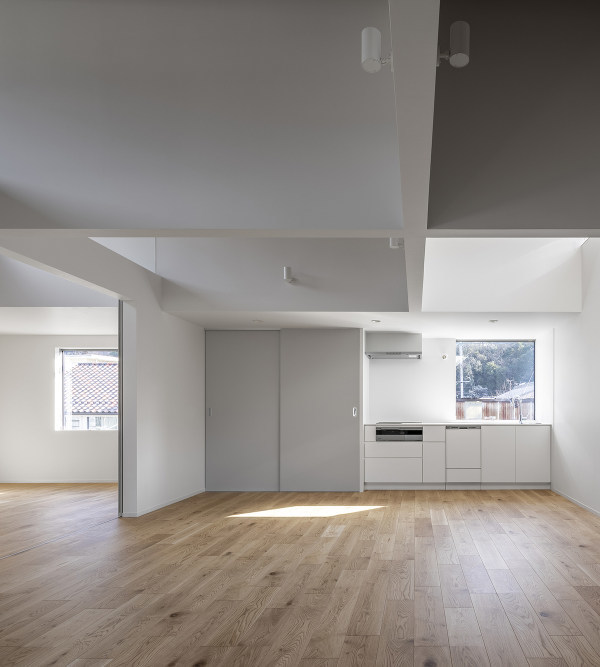Pars Medical and Health Center:
This project was initially shaped by keeping in mind medical tourism along the borders of the Persian Gulf in the south of Iran and the neighboring countries.
Spatial and financial planning of the project:
In this phase, by benefiting from a joint-venture we began to conduct a needs assessment of the specialized hospital departments and the epidemic diseases of the region and the neighboring countries. In fact, this project was programmed beyond the needs of Iran; therefore, from one end the planning of the project was based on the researches on medical needs assessment and from another end, by acknowledging its private ownership it was based on the financial researches. There was the need to maintain a balance between the medical needs assessment and the financial needs of the project and it took one year for this phase to reach its optimal completion point. Various phases were planned for this project and the first phase of the project which was a specialized 300 beds hospital was considered as its initial core. This is the first comprehensive medical and health center in the region. The remaining phases are to be constructed via the revenue generated from the hospital and according to our planning (estimation) these phases will be completed within 6 years.
Medical Buildings:
The world population is rapidly aging and it is due to this that preventive care and curative care gains a special importance. A considerable amount of money is spent daily on medical care and it seems that preventive care and early diagnosis along with reduction in expenses plays an important role in the health and life expectancy of the people. what role does architecture play in this?
Future Medical and health complex
The question is what are future hospitals? And to what direction should they be guided?
- An enclosed and frightening place in the city where children and adults are indifferent towards and walk into it being scared or an interactive place that creates a dialogue with the city and its people, where the boundaries between the building and the city fades away? We chose the second option.
- A place with favorable spaces along with green spaces in line with healing architecture?
- A place for relaxation and recovery!
- A place with pleasant view which reduces recovery period and the patient’s stress level.
- A place where by taking into account the conducted researches, “feels like home” so that people can create a more intimate feeling towards it.
- And at last, a place where in terms of preventive and curative care via it’s architectural and structural features wins patients trust.
In fact this place is a research institute and a health center where through healing architectural approaches aims at improving the physical and mental state of people.
In addition, in the local planning of the hospital it is considered to offer medical dispatch so that throughout people’s lives their health is monitored. This phase deals with preventive care and is related to health and life expectancy.
The architecture of the complex:
First and foremost, I must say that the philosophy behind designing this large scale health and wellness complex was based on the idea of different parameters simultaneously effecting one another. Parameters such as the effect of city and city buildings on one another, healing architecture, climate, the complex organization of the spaces that were dominant on the entire project, culture, new perception from the ancient architecture of the region and the impact of parameters on one another. We were searching for something innovative, something that can partially move architecture and healthcare architecture one step forward.
By taking into account the high urban density texture in the form of a residential tower complex around the site and the presence of a public park in the southern side of the project, we decided to project the impact of the park on our design. This is where the primarily concept of healing architecture finds its meaning. By referring to the researchers conducted on the ancient architecture, the cisterns in the region are circular in form where the shadows created and the cross ventilation helps in cooling down the water. The form analysis performed on the ring shapes proved up to 4 to 6 degrees reduction in temperature around the double skin façade. By redefining conventional hospital layouts, this form gave us special advantages. It is due to this that a suitable therapeutic spatial organization is achieved.
The site is located in the humid climate of the Persian Gulf coast. In such a location the usage of natural ventilation system not only results in a more pleasant environment but also reduces energy reliance. Therefore, the entire complex is designed using a general natural ventilation and a secondary ventilation for the interior spaces.
Thus, we have designed the complex as a collection of rings in different heights. This collection is connected via a suspended rectangular volume that provides easy indoor access and a lower level park that offers attractive outdoor access to the entire complex. Through design development we have redefined this collection as stacked rings. This shift in floor plates leads to more spacious spaces and creates diverse terraces.
It is in the suspended floor that the therapeutic spaces are connected to the Hospital Hotel, the Spa Center, the Commercial Complex, the Cancer Institute, Rehabilitation Center and the Clinics. From one end, the shadows that are formed from the suspended rectangular volume create a pleasant environment in the lower level park. And from another end, by creating holes within the rectangular volume, light, shadow and cross ventilation is achieved.
Now is the right time and place to speak about the views of the complex.
Through creating circular forms, panoramic views of the city and the Persian Gulf are achieved. In addition, as a result of the stacked volumes, diverse terraces are created. This is where the most beautiful days of one’s life is experienced in rather unpleasant conditions. To add up, through connecting the interior and the exterior of the building the most possible level of healing architecture is accomplished.
The double skin facades are responsible for achieving a controllable passage of daylight. The pattern of the façade is inspired by the handicrafts and the mat weaving of the region and perhaps the palm tree trunk which is the main product and the identity of this region. In general, this façade is inspired from the native culture of this region.
The building accesses and space organization:
The building accesses include a parking access from the Eastern side of the complex that directs cars to the Southern side parking space with 600 parking spot. This parking space has access to all the buildings in the complex. The Commercial Complex and the Hospital Hotel have access from the North and the East-North side at the intersection of the two main boulevards of the city. And at last, the Specialized Hospital of Pars which is going to be constructed in the first phase is located in the North-West side of the site so that via two distinct access it will face less traffic and it will easily access the main entrances. This is where through distancing from heavy traffic a noise-pollution-free environment is achieved.
The hospital building consists of 4 separate entrances. The outpatient (and diagnostic) entrance located in the North side with pedestrian and vehicle access and with a separate lobby it is connected to the outpatient and diagnostic department. The visitors’ entrance is located in the North side of the complex and is designed with a separate lobby. This is where through designing a central corridor, a smooth access to all of the departments is made possible. The Emergency entrance is located in the West side of the complex facing the least traffic so that it is accessible in the shortest time possible. This is where the Emergency Department, LDR, Department of Surgery (Operating Theatre), ICU and CCU wards are designed over each other and are accessible via a vertical circulation to provide services in the least possible time.
The use of color:
Anti-bacterial materials and calming colors are used in the design of this building. Moreover, the use of natural light is prioritized in this project that is both in terms of achieving healing architecture as well as in terms of reducing the carbon foot print in this large-scale building.
Credits:
PARS MEDICAL AND HEALTH CENTER
LOCATION: BANDAR ABBAS / IRAN
STATUS: UNDER CONSTRUCTION
SIZE: 100000 SQM
NEW WAVE ARCHITECTURE
PRINCIPAL ARCHITECTS: LIDA ALMASSIAN / SHAHIN HEIDARI
TEAM MEMBERS: SARA FARAHANI, NARGES GHADIANI, FARANAK KHODAEI, SHIRIN ZIAEI, MARYAM AMANPOUR, NILOUFAR MORADI, TARANEH KAMYAB, PARY POUR MOGHADDAM, ROYA MORAD, PANIZ MEHREI
{{item.text_origin}}

